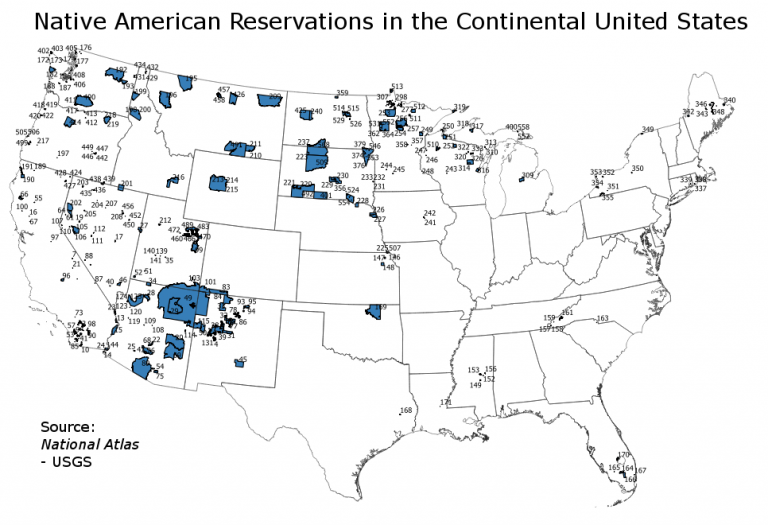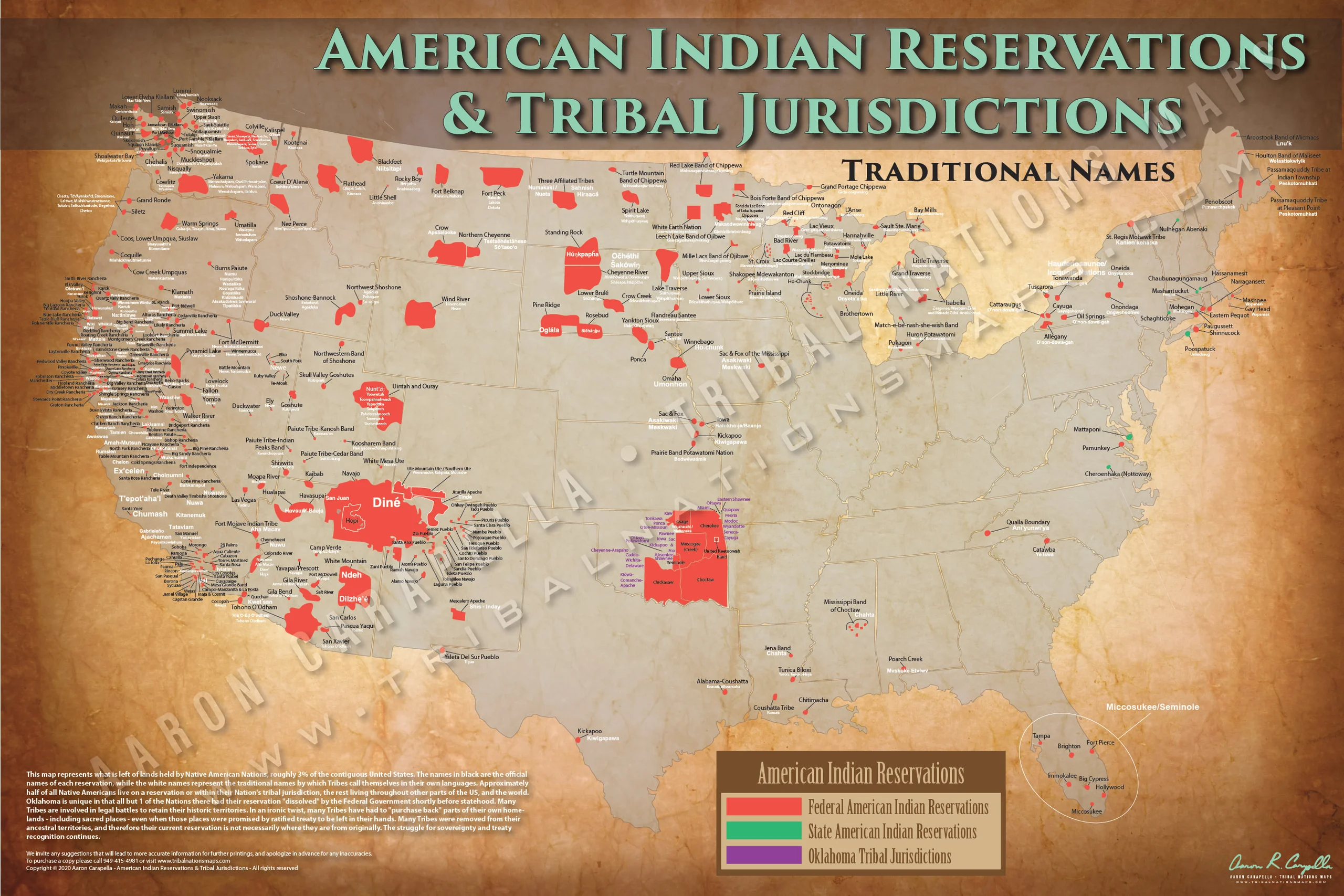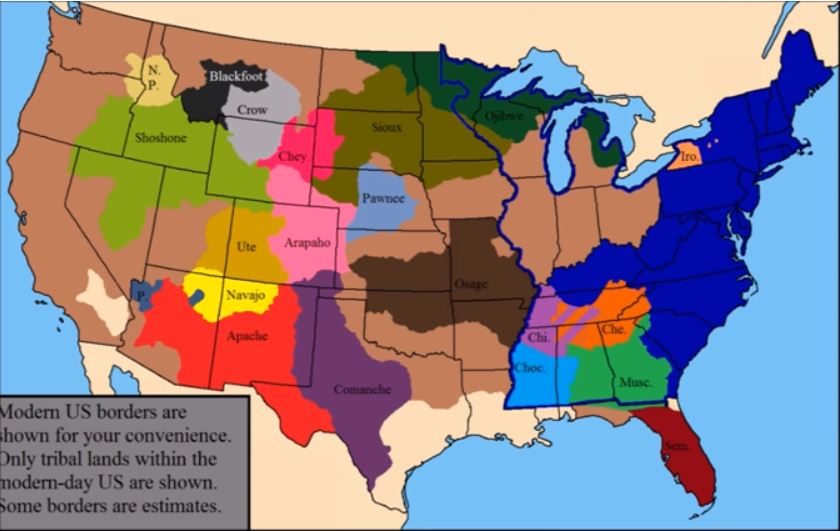Where in the World Are All Those Reservations? Unmasking the Map of Native American Lands
Where in the World Are All Those Reservations? Unmasking the Map of Native American Lands

Have you ever looked at a map of the United States and wondered about those little, often overlooked patches of land scattered across the country? Those are the reservations, home to over 570 federally recognized Native American tribes. But don’t let their size fool you – these lands hold centuries of history, culture, and resilience.
A Land of Many Tribes, Many Stories
Related Articles: Where in the World Are All Those Reservations? Unmasking the Map of Native American Lands
- Unveiling the Enchanting Crow Indian Reservation: A Journey of Discovery and Insight
- California Dreaming: The Rise Of Indian Casinos
- Land Of Our Ancestors: Why Is It Called An "Indian Reservation"?
- Discover the Enigmatic World of California's Largest Native American Tribe
- Red Rock Roots: Do Native American Tribes Still Call Sedona Home?
The United States is often called a melting pot, but it’s important to remember that it was built on the ancestral lands of indigenous people. These lands, now known as reservations, represent the remnants of treaties signed over centuries, treaties that often weren’t honored. They’re a testament to the struggles and triumphs of Native American tribes, a place where they’ve fought to maintain their traditions and sovereignty in the face of relentless pressure.
Unveiling the Map: Where Are These Reservations?
The truth is, there’s no single, definitive map that shows the boundaries of every single reservation. Why? Because, well, it’s complicated. Reservations come in all shapes and sizes, from sprawling expanses to small, isolated pockets. Some are neatly defined by clear borders, while others are more fluid and contested.
Online Resources to the Rescue!
But fear not, intrepid explorer! There are plenty of online resources that can help you navigate this complex landscape.
- The National Congress of American Indians (NCAI): This powerful advocacy organization for tribal nations offers a detailed map of tribal lands, including reservations, across the United States. It’s a great starting point for understanding the diverse geography of Native American lands.
- The United States Department of the Interior (DOI): The DOI, responsible for managing federal lands, including many reservations, also provides a map of tribal lands. This map is a bit more technical, but it offers valuable information about specific reservation boundaries.
- Native Land Digital: This incredible website is a collaborative project that maps indigenous territories across the Americas. While not solely focused on reservations, it provides a comprehensive view of the historical and present-day lands of indigenous peoples.

Beyond the Map: The Complexities of Reservation Life
The map is just the first step in understanding the reality of reservation life. It’s important to remember that each reservation has its own unique story, its own challenges, and its own triumphs.
- Sovereignty and Self-Governance: Reservations are sovereign nations, meaning they have their own governments and laws. This sovereignty is a crucial aspect of tribal self-determination, allowing them to govern themselves and protect their culture.
- Economic Challenges: Many reservations face significant economic challenges, stemming from historical injustices and limited access to resources. This can manifest in high poverty rates, unemployment, and a lack of basic services.
- Environmental Issues: Reservations are often located in environmentally sensitive areas, making them vulnerable to pollution, climate change, and resource depletion.

The Power of Understanding

By understanding the map and the complexities of reservation life, we can gain a deeper appreciation for the resilience and strength of Native American communities. We can also recognize the importance of supporting their efforts to maintain their sovereignty, preserve their culture, and build a better future for generations to come.
FAQs: Unveiling the Mystery
Q: What is a reservation?
A: A reservation is a tract of land that is set aside by the U.S. government for the use of Native American tribes. It’s a complex issue, but essentially, it’s land that was promised to tribes in treaties, though often not fully respected or upheld.
Q: Why are there so many reservations?
A: The number of reservations reflects the diversity of Native American tribes in the United States. Each tribe has its own history, culture, and unique relationship with the U.S. government, which led to the establishment of individual reservations.
Q: Are all reservations the same?
A: Absolutely not! Each reservation has its own unique characteristics, including its size, location, population, and economic situation. Some are large and sparsely populated, while others are small and densely populated.
Q: Can I visit a reservation?
A: Many reservations welcome visitors, but it’s important to be respectful of tribal customs and traditions. It’s always a good idea to check with the tribe’s website or local tourism office for information on visiting and cultural protocols.
Q: How can I support Native American communities?
A: There are many ways to support Native American communities. You can donate to organizations that advocate for tribal rights, purchase goods from Native American-owned businesses, or simply learn more about their history and culture.
The Map as a Window
The map of Native American reservations is more than just a geographical representation. It’s a window into the rich history, enduring spirit, and ongoing struggles of indigenous peoples in the United States. It’s a reminder that we all have a responsibility to learn, understand, and support these communities as they continue to fight for their rights and preserve their heritage.

Closure
Thus, we hope this article has provided valuable insights into Where in the World Are All Those Reservations? Unmasking the Map of Native American Lands. We hope you find this article informative and beneficial. See you in our next article!